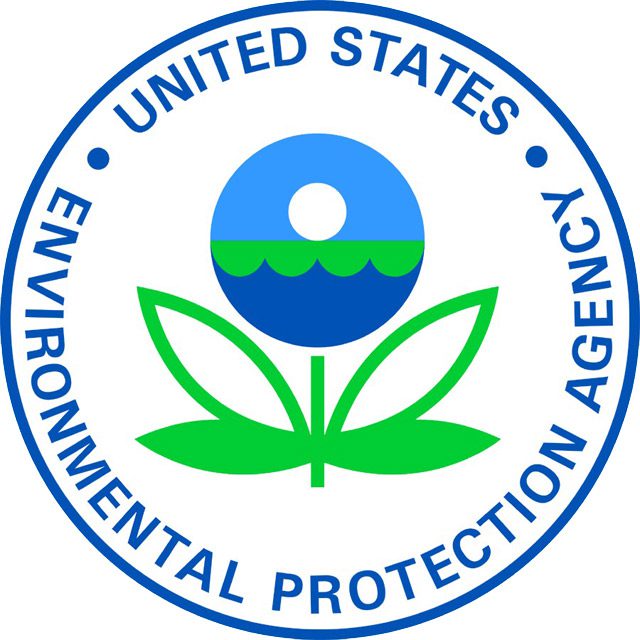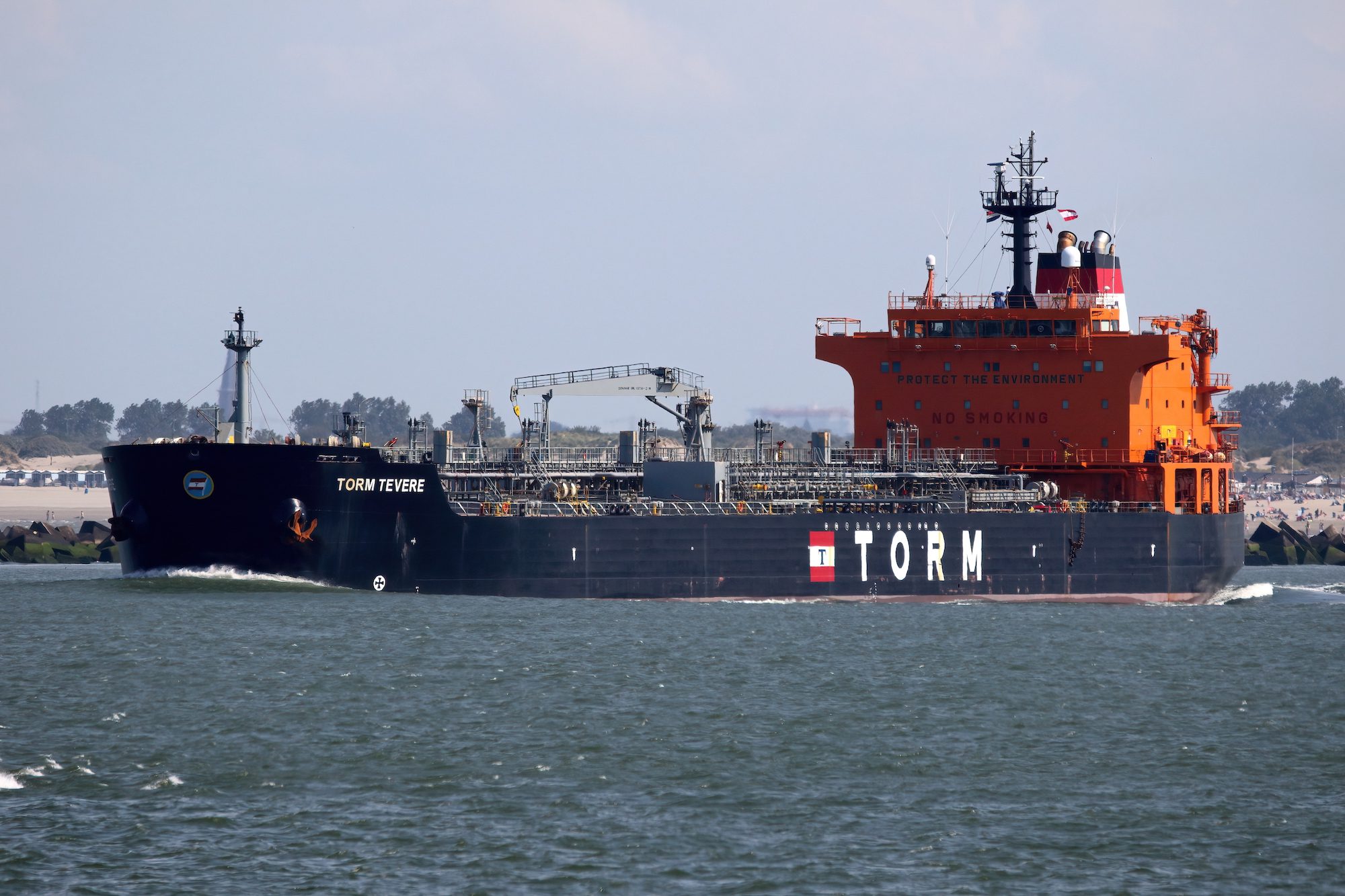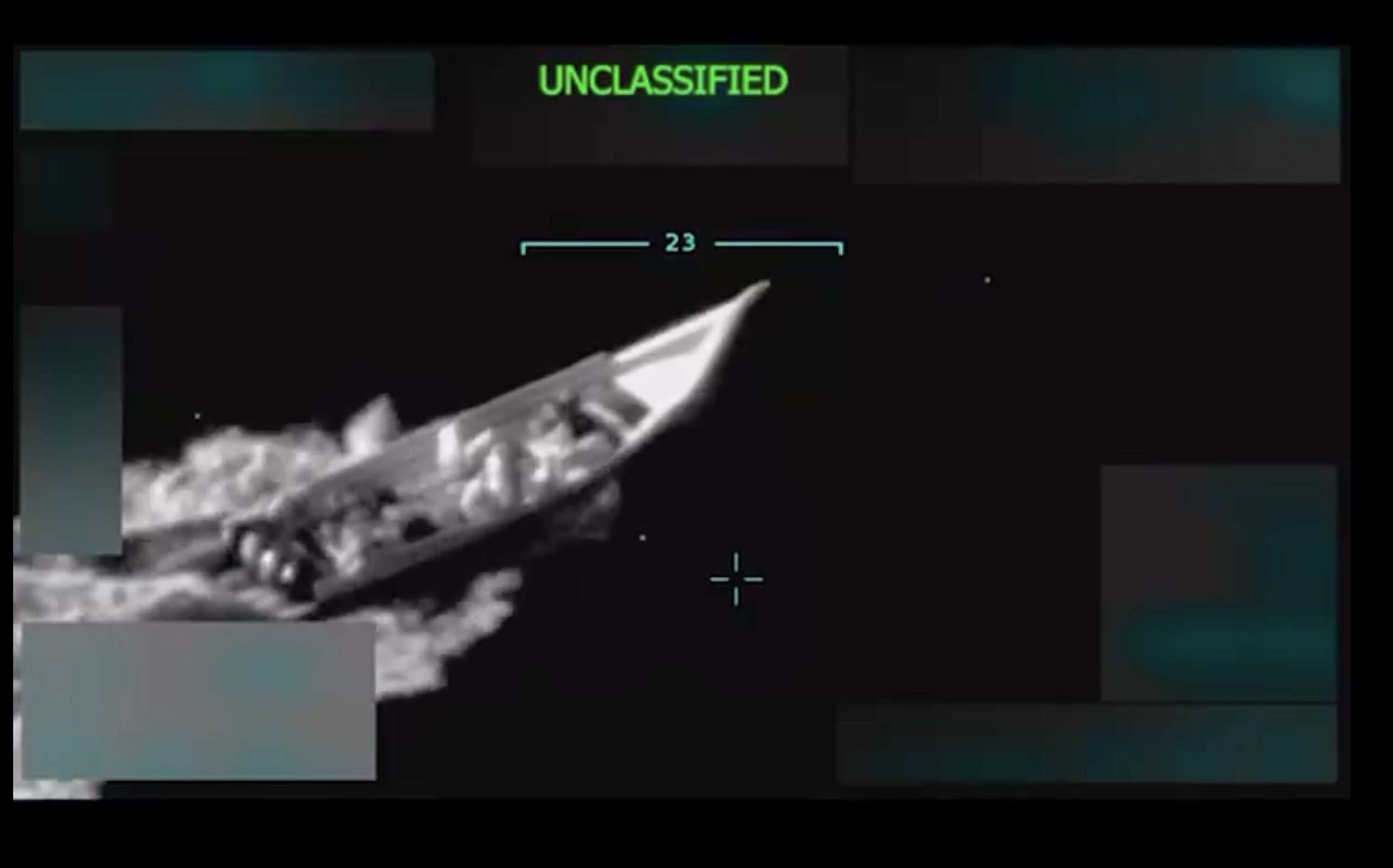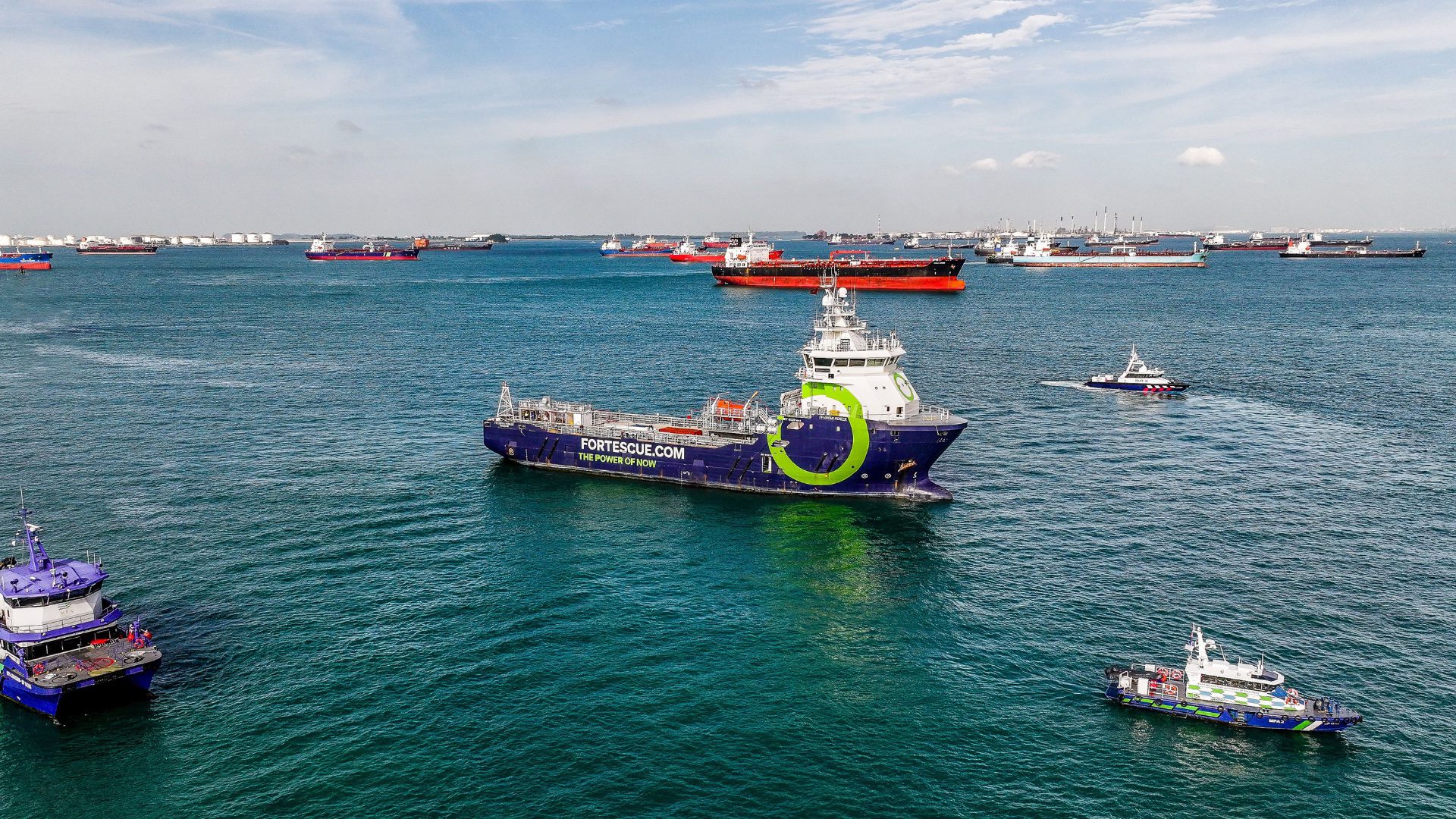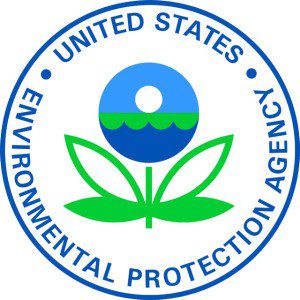 On 15 January, Phillip Brooks from the U.S. Environmental Protection Agency’s Air Enforcement division released the EPA’s policy for assessing civil penalties for violations of the sulfur standards applicable to ships operating in the North American and U.S. Caribbean Sea emissions control areas (ECAs).
On 15 January, Phillip Brooks from the U.S. Environmental Protection Agency’s Air Enforcement division released the EPA’s policy for assessing civil penalties for violations of the sulfur standards applicable to ships operating in the North American and U.S. Caribbean Sea emissions control areas (ECAs).
Sulfur emissions standards are regulated on an international level by MARPOL Annex VI and is implemented in the United States via the Act to Prevent Pollution from Ships (APPS), 33 U.S.C. §1901. As of 1 January 2015, the maximum fuel oil sulfur limit was reduced from 1.00% to 0.10% for ships operating in the Baltic Sea, North Sea, North American and Caribbean ECAs.
Around the world, ship owners that operate their vessels in these areas are faced with, in some cases, a complicated decision as meeting the requirements of MARPOL Annex VI entails significant cost – either through the burning of costly ultra-low sulfur fuel oil or the use of an emissions scrubber which could require an investment of well over USD $1 million per vessel.
Or, these owners could just ignore the rules and hope they don’t get caught.
Because there’s no set punishment for non-compliance on a global level, and the levels for non-compliance can be pennies compared to the cost of compliance, running the gauntlet so-to-speak is an option that a few owners are likely taking. Groups of shipowners such as the Trident Alliance have come together in the past year to support “the transparent enforcement of current and forthcoming marine sulphur regulations,” which for them, helps to support a level commercial playing field.
In response to the dilemma of enforcement, the United States has put forth policy that specifically addresses how non-compliance will be handled.
Attorneys at Philadelphia-based maritime law firm Montgomery McCracken Walker & Rhoads LLP note that for the EPA, the primary goal of this new policy is deterring ship operators from operating illegally and with that in mind, this policy concentrates on two components: (1) the “economic benefit” component; and (2) the “gravity” component. These two components are then combined into a “preliminary deterrence amount” which is adjusted pursuant to subjective factors.
In an emailed report, the firm breaks this down even further noting:
The “economic benefit” component is a mathematical formula based on factors such as the relative price difference between compliant and noncompliant fuel, and the amount of noncompliant fuel burned while within the ECAs. The policy includes methods for estimating these factors when actual data is not available.
The “gravity” component is intended to reflect the seriousness of the violation. One factor, for example, is the actual sulfur content of noncompliant fuel burned while within the ECA. Another factor is the number of record keeping violations.
The “economic benefit” and “gravity” components are combined into a “preliminary deterrence amount.” That combination is then adjusted according to factors designed to provide flexibility to account for the unique facts of each case such as degree of willfulness or negligence, degree of cooperation, history of noncompliance, litigation risk, ability to pay, and performance of a supplemental environmental project.
Without a doubt, inspecting and ensuring compliance with the rules will be a manpower challenge and in a presentation on Green Shipping this morning in Washington, DC, Mr. Jeffrey Lantz, Director of Commercial Regulations and Standards at the U.S. Coast Guard notes, “the degree of which [ship operators] can make compliance more transparent, the better it will be.”
That is, if operators can create a very quick and easy way to enable regulators to verify compliance with the burning of ultra-low sulfur fuel or the use of emissions scrubbers, it would contribute greatly to ensuring compliant shipping in U.S. waters.
Considering taking your ship into the North American ECA any time soon? Ensure your operators read the full policy HERE.

 Join The Club
Join The Club



